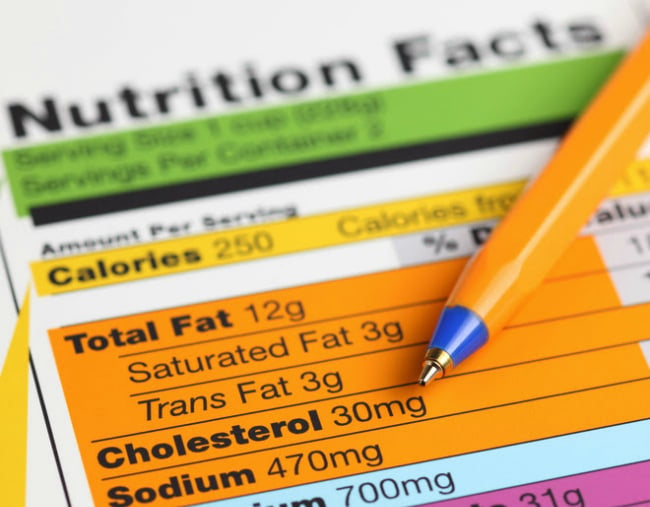
Before you head to the shops, it’s a good idea to learn how to read nutrition labels to ensure that you’re informed about what your family is eating.
Clever marketing means that it’s easy to miss nasties like MSG and sugar hiding behind another name. Add to that, the fact that potentially harmful preservatives are in some products, and it’s easy to see why there is so much confusion around making healthy choices.
This is a topic that I’m incredibly passionate about and something that I’m always eager to alert my clients to. Understanding nutrition labels will allow you to make the best decision about what belongs in your trolley and what’s best left on the shelf – it doesn’t need to be daunting either!
Interpreting nutrition labels is something I go into a great deal of depth in my book, Wholesome Child: A Complete Nutrition Guide and Cookbook, along with detailed information about how to identify hidden nasties.
What you’ll see when you flip the back of your food packages, is that nutrition labels come in two parts – the ingredients list, which consists of all the ingredients in a product, and the nutritional panel, which gives you a breakdown of nutrient values.
Learning how to read both of these will empower you at the supermarket and let you take control of your family’s health. Let’s take a look at both of these.
Struggle with portion control? Here’s some handy tips to clear things up. Post continues after video.


Top Comments
There is no evidence that GMOs are harmful, and no proven link between MSG and headaches etc. If you choose not to eat them, that’s fine, but there’s no reason to avoid them if you don’t want to either.